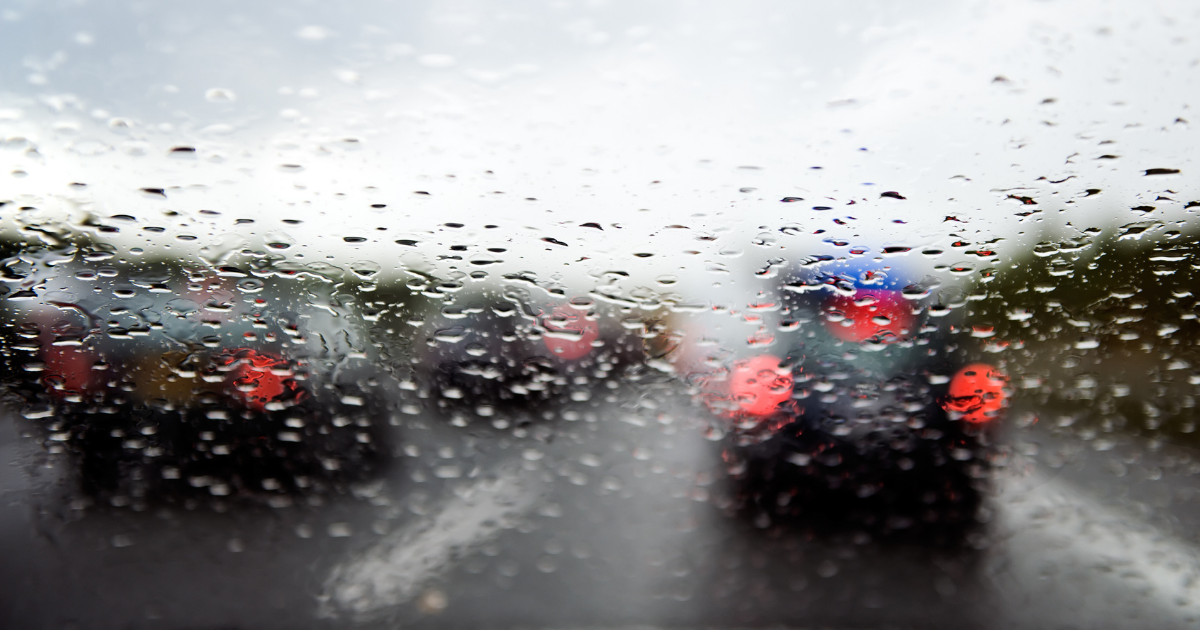Today, almost every vehicle has an array of advanced driver-assistance systems (ADAS), including automatic emergency braking (AEB), intended to make the vehicle safer and react to sudden hazards. AEB takes over if the system detects a stopped vehicle or obstruction and the driver is slow to respond. A recent study by the Insurance Institute for Highway Safety (IIHS) found that the AEB system has reduced rear-end car accidents by 50 percent.
ADAS are designed to help with driving and parking functions. ADAS use technology such as cameras, software, sensors, lighting, and audio functions to detect obstructions and driver error. When detected, a system responds automatically by alerting the driver, deploying safety measures, or taking control of the vehicle.
Most modern vehicles have a wide array of ADAS that alert the driver to potential risks on the road. For instance, the rear cross-traffic alert triggers if someone walks behind your car, and it is a very common feature. In addition to this alarm and AEB, other functions may include:
- Backup cameras
- Forward collision warning
- Blind spot warning
- Adaptive headlights
- Lane departure warning
- Lane-centering assist
- Adaptive cruise control
- Autopilot
One of these relatively new functions that has garnered wide interest among automotive manufacturers, safety organizations, and the general public is the autopilot feature. Although typically called autopilot, today’s systems are not fully automated and require input and assistance from the driver. Fully automated systems, where the vehicle would operate with only optional input from the driver, are in development.
All ADAS rely on various forms of sensors to detect other vehicles, obstacles, and road markings. For instance, the forward emergency braking system relies on an electric eyesight sensor installed at the top of the windshield that monitors the distance in front of the car. However, a recent study by the American Automobile Association (AAA) has shown that the sensor is not foolproof, as bad weather can compromise the camera.
What Did the AAA Discover?
In collaboration with the Automobile Club of Southern California’s Automotive Research Center, the AAA tested ADAS using a model year 2020 Toyota RAV4, Volkswagen Tiguan, Hyundai Santa Fe, and a Buick Enclave. The organizations wanted to test how well the safety systems functioned in adverse conditions, including rain, dirt, and bugs.
Using a closed course, the organizations sprayed each vehicle’s windshield to simulate rain to test the forward emergency braking system. The tests showed that the cars crashed into a stopped vehicle 17 percent of the time at 25 miles per hour and 33 percent of the time traveling at 35 miles per hour. The general assumption is that the percentage of crashes would likely rise with increased speed, such as on highways. For comparison purposes, all cars were tested under ideal conditions, and each vehicle’s forward emergency braking system worked perfectly with no crashes reported.
The organizations also tested the lane keeping system that alerts drivers when they cross over the center or side lane markers. When detected, the systems activate braking or steering interventions to correct the error. The vehicles showed that the system failed 17 percent of the time under ideal road conditions and 69 percent of the time during poor weather.
The study also revealed that none of the systems in any of the vehicles provided warnings that the sensors may be compromised. The rain test findings prompted the AAA to state that vehicle testing standards should be revamped to include inclement weather. Currently, all testing is performed under perfect conditions, including weather. Alternatively, the study did show that dirt or bugs on the windshield did not have much effect on the forward emergency braking system.
How Can I Avoid an Accident in Inclement Weather?
Weather conditions have a significant role in car accidents. Rain, sleet, snow, wind, and fog can create extremely dangerous driving conditions. Bad weather can cause visibility problems and compromise a vehicle’s performance. Each year, over 1 million car accidents are caused by poor weather, according to the U.S. Department of Transportation. Heavy traffic and slippery roads during harsh weather only increase the risk of car crashes.
ADAS have many advantages and help prevent car accidents, but the AAA cautions that during inclement weather, a driver should not rely exclusively on safety features.
The following includes safety tips for driving in poor weather, particularly wet, slick conditions:
- Turn on your headlights for better visibility and for oncoming cars to see you.
- Use wipers to keep the windshield clean for visibility. Make sure wipers are not streaking the moisture, as this can create a distorted view of the road.
- Drive slower, avoid sharp turns and hard braking to help prevent sliding and hydroplaning. Follow the tracks made by other vehicles.
- Put more space between you and the vehicle in front of you, especially large vehicles that throw off more spray and may be hard to see around.
- Always stay alert, and do not use cruise control so you can react quickly.
- If you hydroplane, ease off the gas pedal, and slowly reduce your speed until the tires regain traction. Stay your course, and do not slam on the brakes.
- Avoid driving through standing water, which can cause hydroplaning. Drive around or steer clear of standing water areas if possible.
- If your windows become foggy when it rains, ventilate the car and windows. Blow air directly onto your windshield to cut the fog. Pull over if the fogginess continues.
Keep in mind that operating your car safely in bad weather is not your only responsibility on the road. You must also make certain that your vehicle is safe, which means regular maintenance and repair, if necessary. Driving an improperly maintained vehicle increases the risk of a car accident in all weather conditions. For instance, if your tires have lost most of their tread or they are completely bald, you will be more likely to lose traction with the road and hydroplane in wet road conditions.
What Should I Do After a Weather-Related Car Accident?
Although weather conditions are typically considered an “Act of God,” that does not mean that car accidents in bad weather are not caused by one or both drivers. In heavy rainstorms or snow, it is more likely that driver error is the root cause of the accident. Motorists are responsible for taking the weather into account, use their best judgement, and adjust their driving to be safer on the road. Those who do not follow these safety practices run the risk of causing an accident.
If you are injured in a weather-related accident, the other driver could be liable. For help establishing fault, it is best to speak to a lawyer as soon as possible.
Virginia Beach Car Accident Lawyers at East Coast Trial Lawyers Help Clients Injured in Weather-Related Collisions
Determining fault in a weather-related car accident can be confusing. Our experienced Virginia Beach car accident lawyers at East Coast Trial Lawyers can help you prove fault. To schedule a free consultation, call us today at 757-352-2237 or contact us online. Located in Virginia Beach, we serve clients throughout Chesapeake, Eastern Shore, Hampton, Newport News, Norfolk, Portsmouth, and Suffolk, Virginia, as well as North Carolina and nationwi


